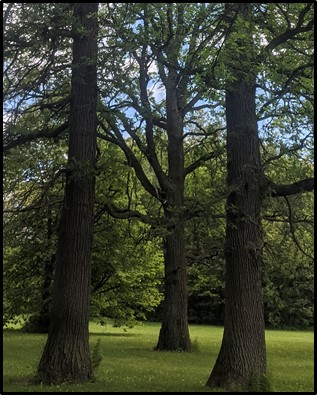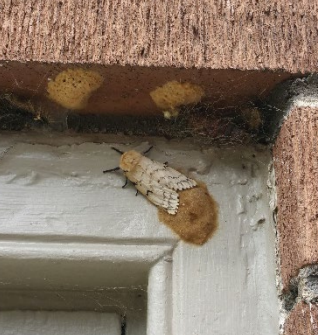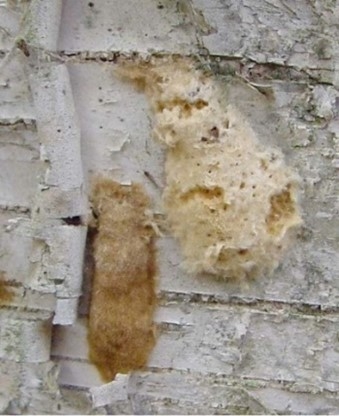
We all know that Lincoln Fields mall and the surrounding areas will undergo major changes, especially as we get closer to the opening of the new LRT station in 2025. Revitalization could be positive or negative, and the difference is good planning. An integrated plan has been one focus of QTNca advocacy for three years now.
City Planning promised to develop what is called a Secondary Plan to provide guidance for development in this area. It was supposed to follow soon after the Official Plan. This week we learned that it will be delayed until 2023, after the next civic election.
Meanwhile, the Official Plan, to be adopted this fall, will facilitate intensification around the LRT stations and along Carling Avenue, with more flexible permissions for developers, higher towers, and requirements for residential densities of 200 units per hectare near stations. Developers will be able to make proposals without a more detailed City plan or an integrated approach to planning. When we name community issues, we are told those will be addressed in the secondary plan – but that is now delayed and major redevelopment proposals will be approved in the meantime. That means we will see more piece-meal development without serious consideration of context.
Lincoln Fields is an important strategic area for QTN residents and for the west end of Ottawa. Its strategic importance is comparable to Le Breton Flats because of its location, access to basic services, and connections between neighborhoods and also to the river valley. The Lincoln Fields LRT station will be a major facility, given the new plans for connections to Barrhaven. And while intensification is pushed for every lot within QTN, in the name of needed housing, a large, vacant parking lot close to a station is allowed to stagnate as an urban wasteland. This is short-sighted.
The lack of vision for what Lincoln Fields area could be is disturbing. Intensification requires confidence in City Planning. It is difficult to have that confidence when such short-sighted and reactive approaches to development are allowed to continue. QTNca is now working with other neighborhood associations to find alternative ways to put forward a vision for what Lincoln Fields could be.
If you have questions or suggestions, please send a message to qtncommunity@gmail.com.
Kathy Vandergrift






